“Thunder is good, thunder is impressive; but it is lightning that does the work.” Mark Twain
Over the years, the term “lecturette” has been used to reinforce the idea that trainers should keep their lectures brief, limited to no more than 10 minutes. After that, trainers are encouraged to give their participants an opportunity to interact with the information, either to check their comprehension or allow them to test or apply what they have learned.
A lightning talk is a conference presentation that, like lightning, beams a brief flash of light that strikes to the core of a discrete subject. It is a concise, clear and insightful form of communication. It is also very quick, typically 3-6 minutes and definitely no more than 10 minutes.
Because lightning talks are so brief, the speakers have to eliminate any non-critical information so that they can get right to the point.
Lightning talks are intended to grab the attention of the audience, convey key information, and allow for several presenters to share their ideas in a brief period of time.
Some formats of lightning talk, such as PechaKucha and Ignite, limit the number of PowerPoint slides.
For example, PechaKucha limits presenters to 20 slides that are each shown for 20 seconds (for a total of 6 minutes and 40 seconds).
Ignite gives presenters five minutes to talk on a subject accompanied by 20 slides that are 15 seconds each and are automatically advanced.
Regardless of the format, lightning talks require that speakers avoid reading details from their slides. The PowerPoint is a complement to, rather than the content of the presentation.
These lightning talks are meant to be given in sequence within the same session in a conference-style seating arrangement.
There is another type of lightning talk called speed geeking in which five- minute presentations are given simultaneously at different small tables. The participants simply move in a circular path from table to table to eventually hear all of the presentations. Audiovisuals are limited
This format is understandably harder on the speakers, since they have to keep repeating their presentations for each new table group of participants.
There is a variation on speed-geeking that moves away from this uni-directional model, in which the speed-geekers do most of the talking. RapidFeedback sets up a bi-directional exchange. The speed-geekers still speak for five minutes, but then the participants provide five minutes of feedback.
I really like the idea of lightning talks. Although they were clearly designed for conference settings, trainers can certainly benefit from the focus on concise presentations. In the future, I plan to replace “lecturette” with “lightning talk” in my lesson plans!
Have you had any experience with any of these formats?
May your learning be sweet.
Deborah





